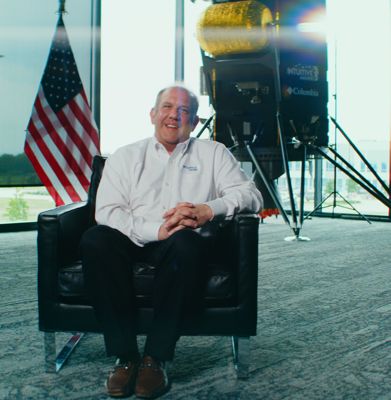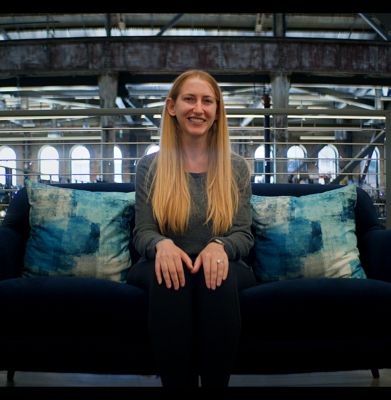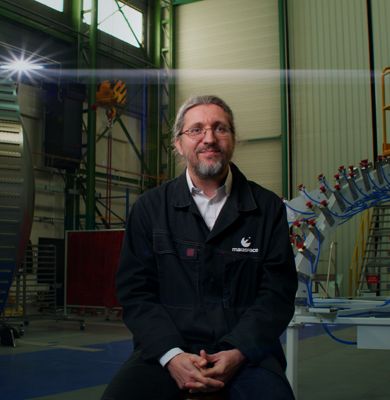
觀看 Ansys 獨家紀錄片,瞭解創新者如何改變太空產業。
在涼爽的夏夜,您是否曾走到戶外仰望漆黑的夜空?滿天星辰與人造衛星點綴其間,星星引導人類已經數百年,而衛星則在現今協助我們導航。您是否曾好奇,在這片寒冷又遙遠的環境中,創新需要付出什麼?
我們想過。正因如此,我們決定向太空創新的第一線人物學習;這些人正在重新定義這個產業,帶領我們進入太空科技的新未來。在這部紀錄片中,您將聽到四家令人振奮的公司如何透過模擬太空攀上新高峰。
探索模擬如何徹底改變太空產業。觀看上方的《模擬太空》預告片,然後前往 space.ansys.com,與我們一同踏上突破性創新之旅,見證數位工程如何開啟探索與發現的新紀元。
認識正在革新太空產業的創新者
Intuitive Machines
Intuitive Machines 是一家多元化的太空公司,專注於地月空間,並放眼更遠的未來 — 涵蓋低軌道衛星 (LEO) 及人們可能前往的任何太空地點。
「(我們正在)實現這一切,並攜手所有人一同前行。」Intuitive Machines 月球資料網路首席工程師 Jason Soloff 說道。
在這項工作中,Intuitive Machines 提供開放月球通行的服務,包括 Nova-C 級月球著陸器 (這個著陸器讓該公司完成首個商業登月任務,也是美國超過 50 年來首次登月) 以及 µNova Hopper。該公司的先進月球技術可用於重要研究,例如在月球南極尋找水冰。

Jason Soloff,Intuitive Machines 月球資料網路首席工程師
Relativity Space
火箭的速度或許很快,但其開發過程通常不然。
「目前全球對於將衛星與太空船送上太空的需求極為龐大,但以整個地球而言,我們現有的火箭數量並不足以應對此需求。」Relativity Space 資深推進工程師 Jacqueline Sotraidis Schell 表示。
為了解決這項需求,Relativity Space 不僅致力於加快火箭的建造速度,也希望設計出更聰明且更經濟實惠的火箭。
透過這些努力,該公司希望徹底革新傳統火箭開發方式,並滿足日益增加的太空船發射需求。

Jacqueline Sotraidis Schell,Relativity Space 資深推進工程師
透過模擬太空,開啟探索與科技進步的新時代
在太空產業工作的從業者持續將不可能化為可能,而且這個進展速度越來越快。

為了實現這樣的成長速度,創新者正仰賴 Ansys 的模擬解決方案,嚴謹、有效且精確地測試與開發能應對嚴峻太空環境的設計,同時降低成本並縮短時程。「模擬對我們來說是一種倍增力量的工具。」Soloff 說道。
在 Ansys 模擬技術的協助下,太空產業的從業者希望解決當今人類面臨的重大挑戰,並打造一個正向的未來。這包括運用模擬技術自信地規劃任務與設計資產,到保護這些資產,並探索月球、火星及更遠的太空。
若您想進一步瞭解太空創新,以及模擬與數位工程在此產業中的角色,請前往我們的模擬太空網站觀看完整紀錄片,網站將持續更新資源與激勵人心的故事。





